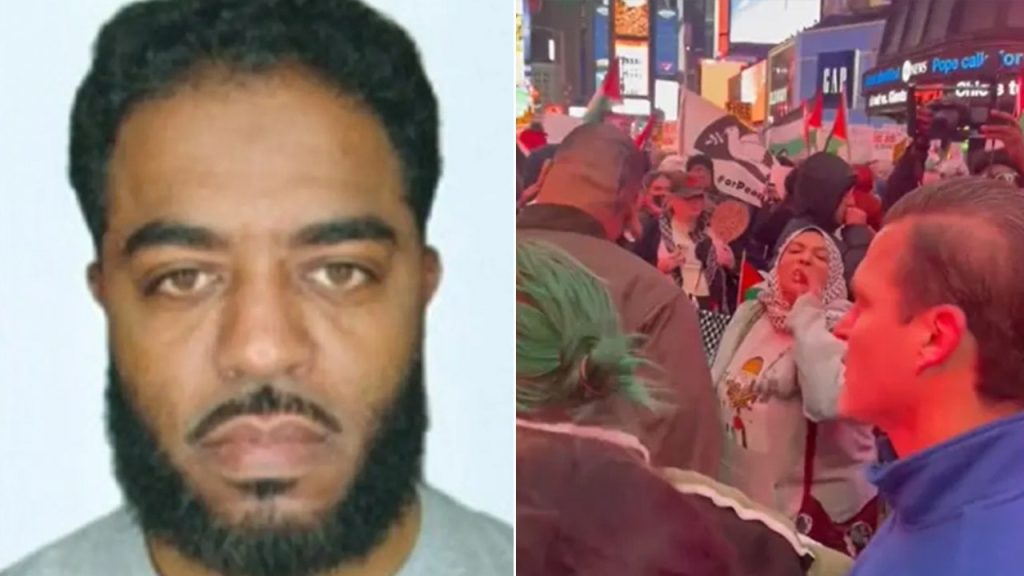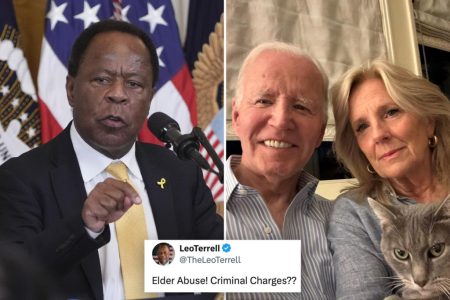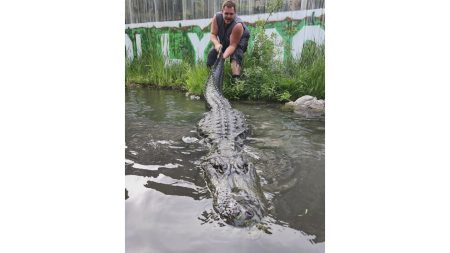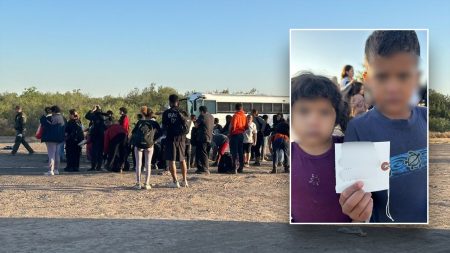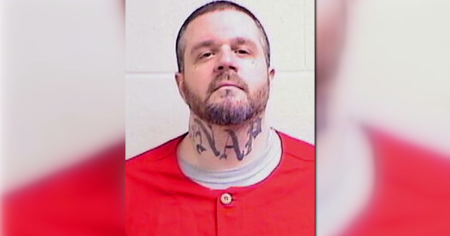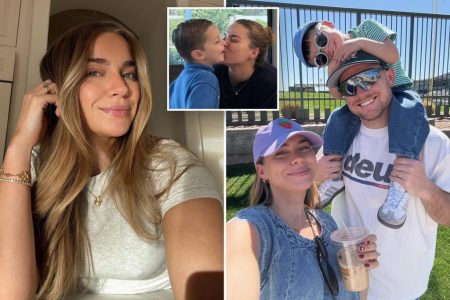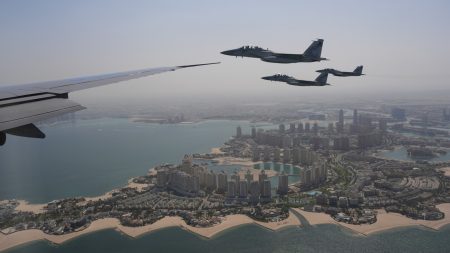Protests erupted in New York City and New Orleans following a terrorist attack at a New Year’s Eve parade in New Orleans, where a man with an ISIS flag drove into a crowd. In Times Square, demonstrators called for an “intifada revolution” organized by the Palestinian Youth Movement, the Party for Socialism and Liberation, and the People’s Forum. The New Orleans Musicians for Palestine planned a “Procession for Palestine” in solidarity with the people of Palestine and against war, colonialism, capitalism, and white supremacy. This came after a man named Shamsud-Din Jabbar attacked people on Bourbon Street on January 1.
In New York, protesters chanted slogans like “Resistance is glorious — we will be victorious,” “We will honor all our martyrs,” and “Gaza, you make us proud.” They carried signs denouncing Zionism and calling for an end to U.S. aid to Israel. Tensions rose as a woman wearing a keffiyeh shouted at counter-protesters, telling them to “Go back to Europe.” A speaker at the protest vowed to continue demonstrating for liberation and return until total freedom is achieved. The situation was tense, with strong emotions among the protesters and counter-protesters.
The attack in New Orleans occurred early on New Year’s Day when Jabbar drove a pickup truck into a crowd of revelers on Bourbon Street. He was shot dead by the police after a gunfight, with 15 people dead and 35 injured. The FBI confirmed that Jabbar was a U.S.-born citizen who lived in Texas and had served in the Army as a human resource specialist and IT specialist. He claimed to have joined ISIS before the attack and left a will and testament on Facebook. The FBI recovered weapons and improvised explosive devices at the crime scene, urging witnesses who saw the coolers containing the IEDs to come forward.
Both New York and New Orleans saw protests and demonstrations after the attack, with calls for solidarity with Palestine and resistance against Zionism. In New York, protesters linked the attack to struggles against Zionism and called for an intifada revolution. In New Orleans, groups like New Orleans Musicians for Palestine organized events to show support for Palestine and oppose war, colonialism, capitalism, and white supremacy. The situation was tense, with emotions running high and confrontations between demonstrators and counter-protesters.
The FBI investigation into the New Orleans attack revealed Jabbar’s history in the military and his connection to ISIS. He had served in Afghanistan and claimed to have joined ISIS before carrying out the attack. The recovery of weapons and improvised explosive devices at the crime scene raised concerns about potential further attacks or accomplices. The protests and demonstrations in response to the attack showed a divide in opinions and beliefs, with some calling for solidarity with Palestine and others denouncing Zionism and U.S. aid to Israel.
Overall, the events in New York and New Orleans following the terrorist attack on New Year’s Day highlighted tensions surrounding issues like Zionism, Palestine, terrorism, and political affiliations. The demonstrations and protests reflected deep-rooted beliefs and emotions among the participants, with some calling for resistance and revolution, while others expressed solidarity and support for causes like Palestine. The FBI investigation shed light on the attacker’s background and motives, revealing a complex picture of radicalization and military service. The aftermath of the attack left a sense of unease and division, with communities grappling with the impact of terrorism and the need for unity in the face of violence.









